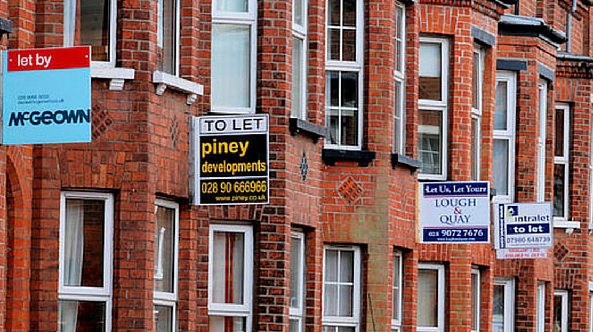The UK buy-to-let sector continues to see exceptionally high levels of demand, and it’s an enticing prospect for first-time landlords. Jack Goring-Bielby, finance content writer, Mortgage Advice Bureau, explores how to start.
The prospect of becoming a landlord can be enticing: a steady stream of income, potential for asset appreciation, and providing a home for someone. However, for first-timers, it can be difficult knowing where to start. This article should hopefully allay any concerns or misunderstandings you may have.
1. Setting expectations and calculations
Financial viability: Before diving in, you’ll need to do some meticulous number crunching. Factor in potential rental income, property taxes, mortgage payments, maintenance costs, and vacancy periods. Use online resources or consult with a financial adviser to ensure the investment aligns with your financial goals and risk tolerance.
Landlord responsibilities: Understand the legal and ethical obligations that come with being a landlord. These include ensuring the property is habitable and adheres to safety regulations, responding to tenant enquiries and repairs promptly, and respecting tenant rights and privacy.
2. Choosing the right property
Location: Research rental trends in your target area. Consider factors like proximity to amenities, vacancy rates, and potential tenant demographics. Opt for locations with consistent demand to minimise vacancy periods.
Property type and condition: Evaluate the type of property that aligns with your budget and target tenant base. Consider factors like maintenance requirements, potential rental income, and long-term appreciation potential. Ensure the property is in good condition, addressing any necessary repairs before listing it for rent.
3. Landlords legal considerations and preparations
Landlord-tenant laws: Familiarise yourself with relevant landlord-tenant laws to ensure you’re fully aware of your roles and responsibilities. These typically cover aspects like tenancy agreements, eviction procedures, security deposits, and tenant rights.
Essential documents: Secure a landlord insurance policy to protect yourself against unexpected events like property damage or tenant-related issues. Prepare a standard tenancy agreement outlining the rights and responsibilities of both parties, including rent amount, lease duration, and maintenance procedures.
Landlord insurance: Whether you’re a brand new landlord or have been in the buy-to-let market for years, having the right insurance in place is vital. Buildings insurance covers the physical structure of your property against damages caused by events like fire, flooding, and storms.
There’s also specialist landlord insurance, which is designed to protect property owners who rent out their properties to tenants. It acts like a safety net against various financial risks that can arise from being a landlord, providing coverage for situations unique to renting out a property.
4. Financing your buy-to-let property
Purchasing a property specifically for rental purposes requires different financial considerations compared to buying a home to live in. Buy-to-let mortgages are specifically designed for this purpose and come with distinct characteristics compared to standard residential mortgages. Here are some key points to take into account:
Interest-only options: Many buy-to-let mortgages are interest-only, meaning you only repay the interest on the loan each month, not the capital amount. This keeps monthly payments lower, but you’ll still owe the original loan amount at the end of the mortgage term, so bear this in mind when thinking about your long-term financial goals.
Different borrowing criteria: Lenders will assess your mortgage application based on factors like the rental income potential of the property and your creditworthiness. Making sure all your ducks from a financial management perspective is important, clearing any existing debt where possible, a solid financial history, and ensuring you have a good credit score.
5. Finding tenants
Finding the right tenant is crucial to ensure a smooth and successful experience between both parties. Here are some key strategies to note as you embark on your buy-to-let journey:
Craft a compelling listing: Advertise your property on popular online platforms like Zoopla or Rightmove, as well as local listing services. Highlight the property’s key features, amenities, and target audience. Make sure to use high quality photos and clear descriptions in your listings to help attract potential tenants.
Implement a thorough screening process: This typically involves verifying income and employment through payslips and employer references, conducting credit checks, and contacting previous landlords for references.
Consider professional help: Property management companies can assist with tenant screening, advertising, and lease preparation, but bear in mind that these come at an additional cost.
6. Ongoing management and maintenance
Building positive relationships: Fostering a respectful and professional relationship with your tenants is key to being a good landlord. Respond to queries and concerns promptly, making sure you’re on hand to support with any maintenance or repair requests as and when they arise.
Becoming a successful landlord requires careful planning, education, and ongoing commitment. By setting realistic expectations, conducting thorough research, and fulfilling your legal responsibilities, you can embark on a rewarding journey in the buy-to-let sector.










